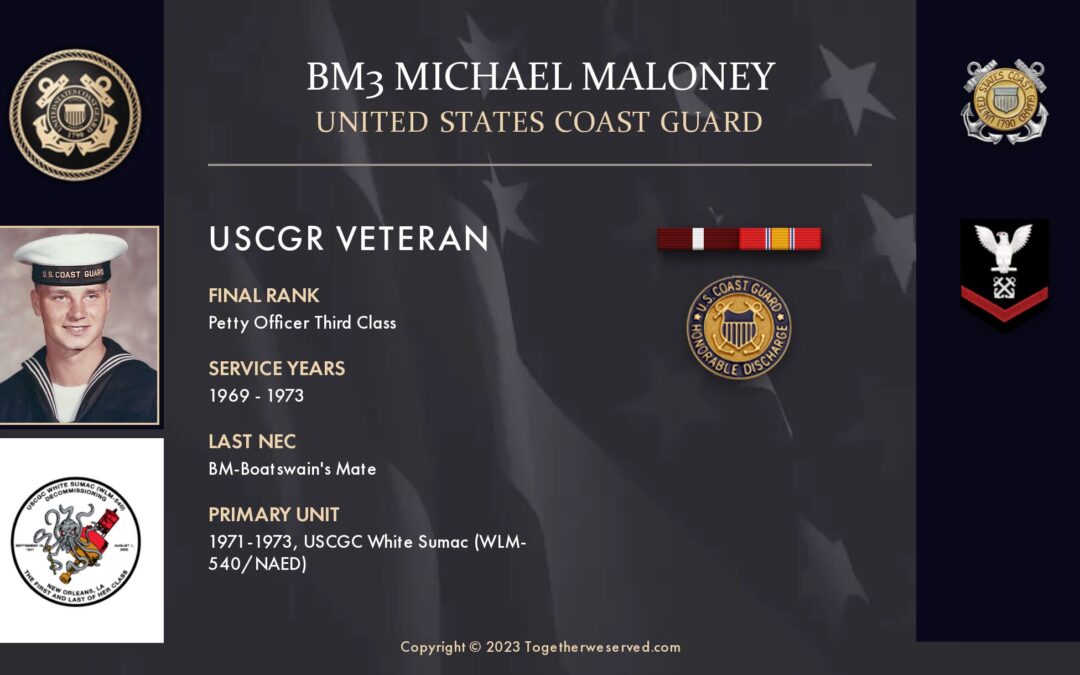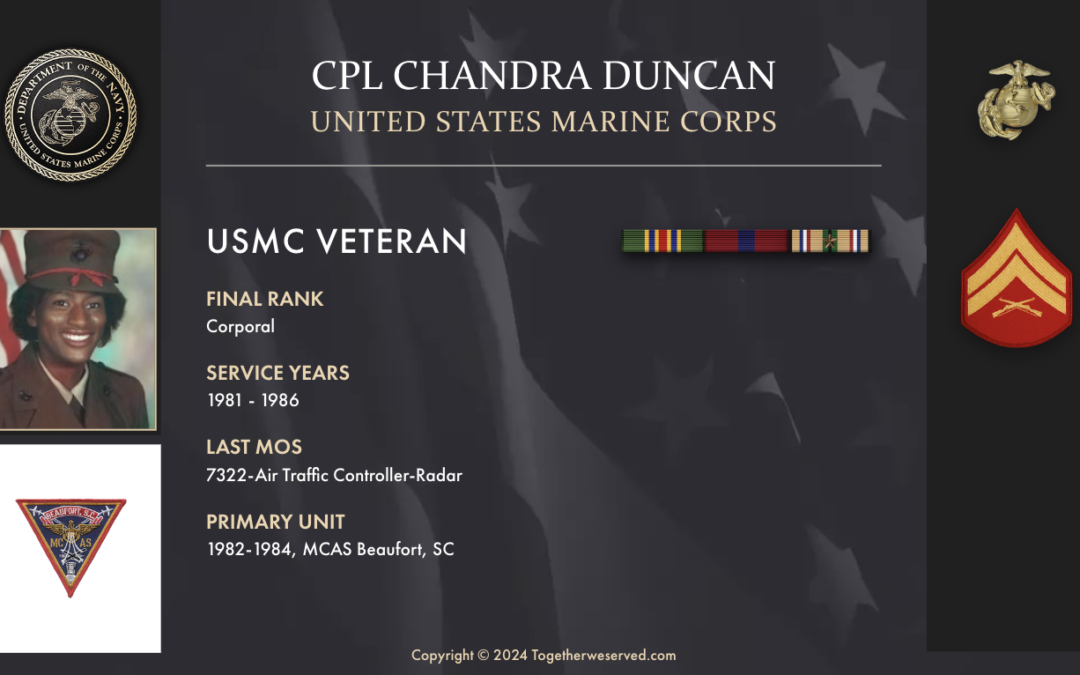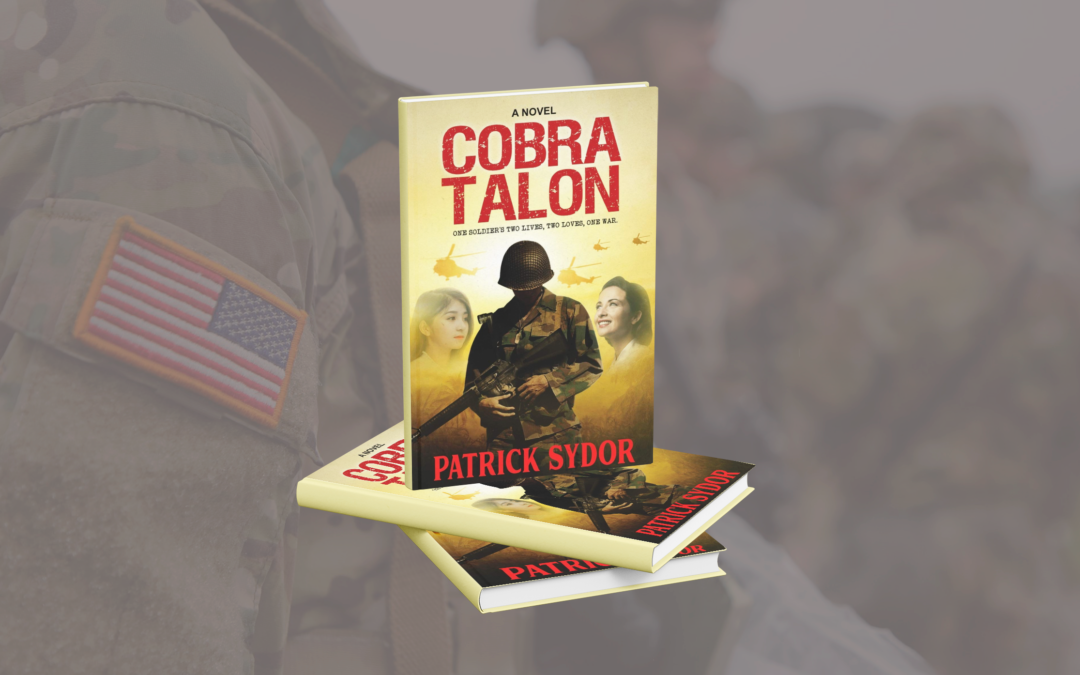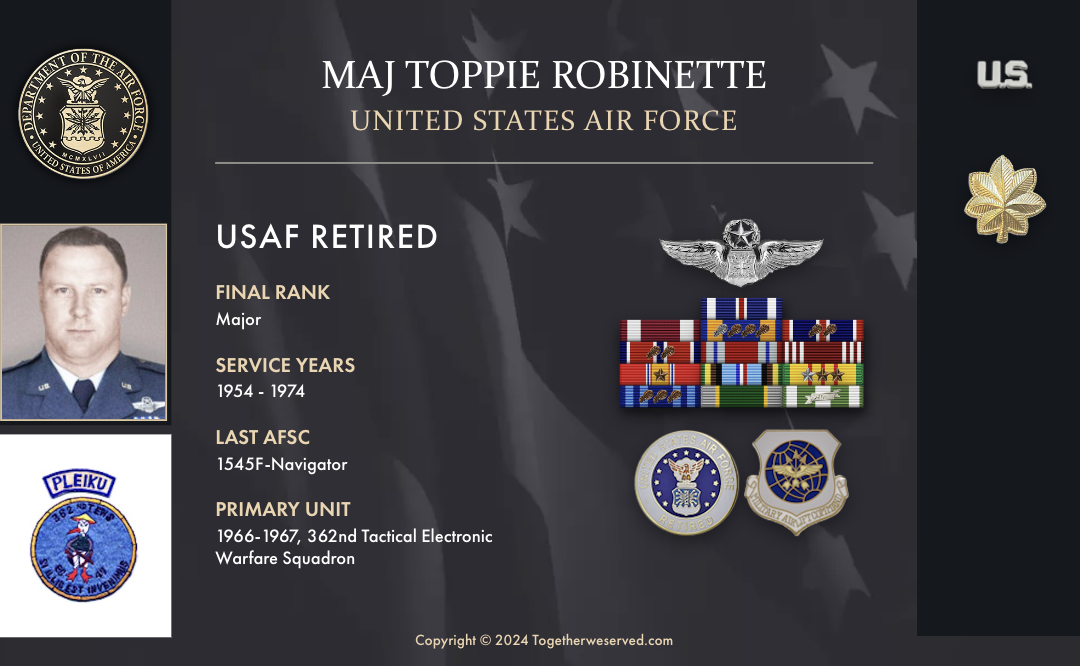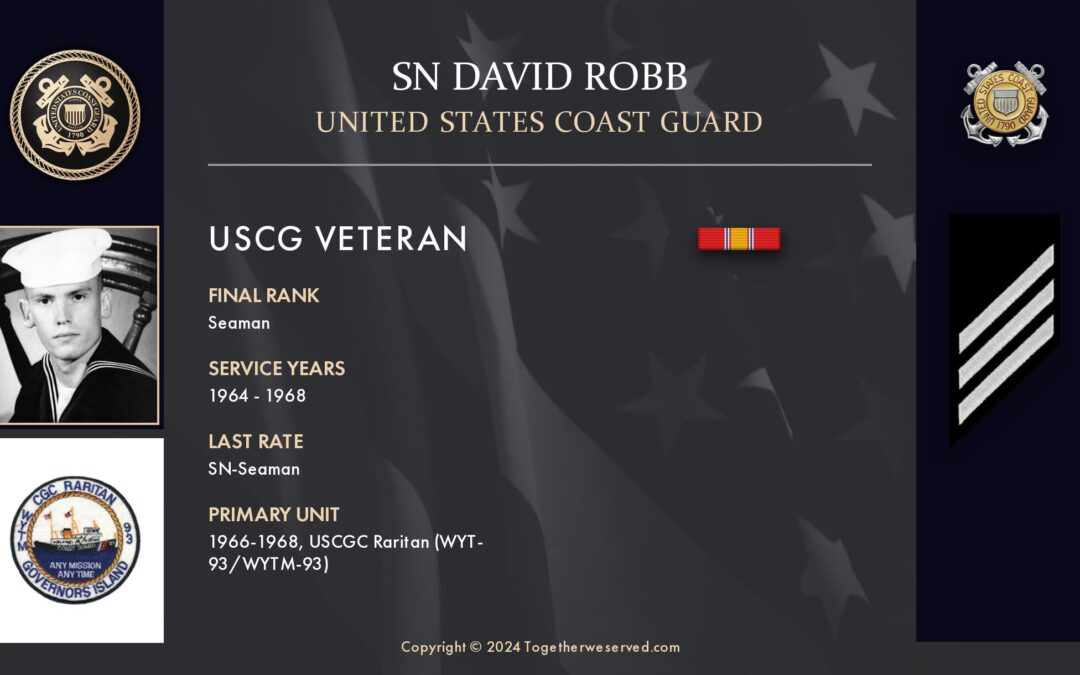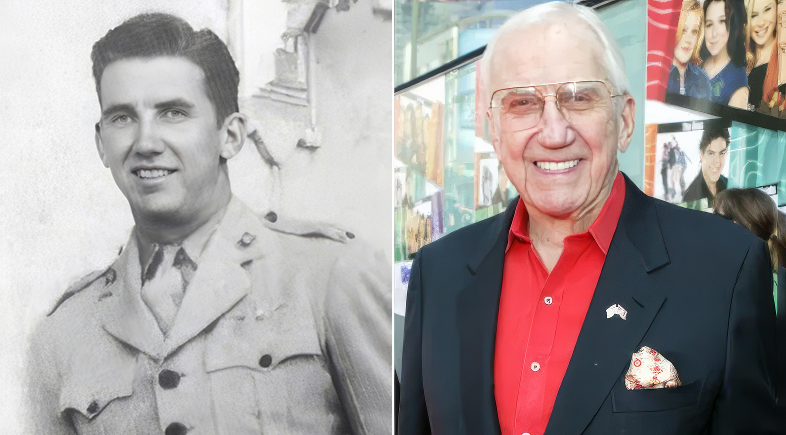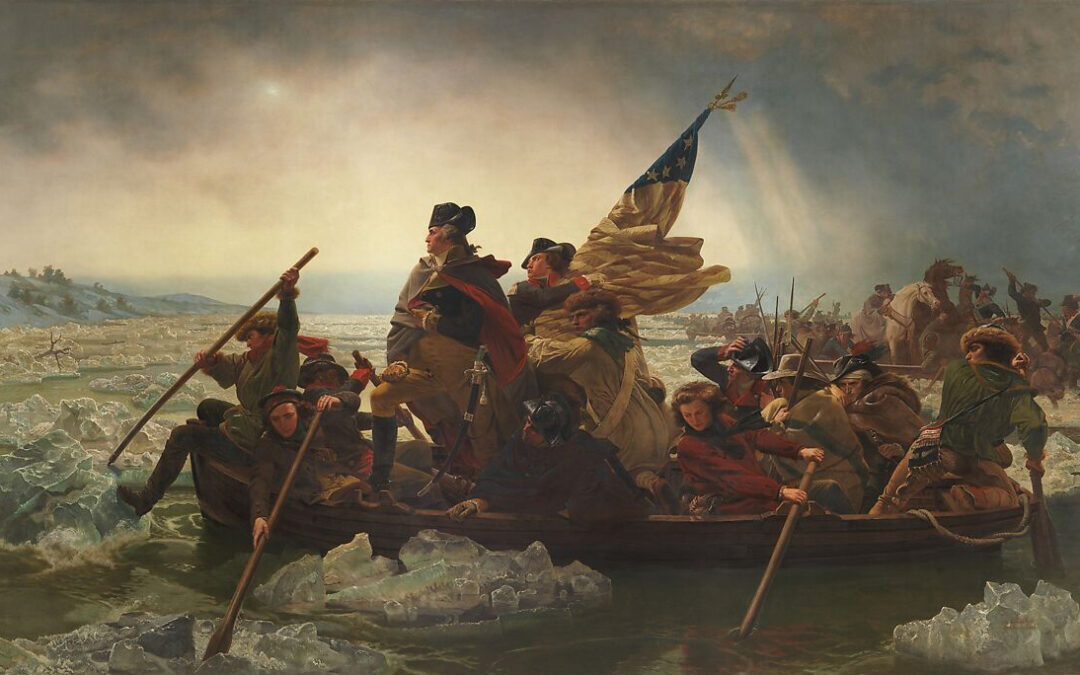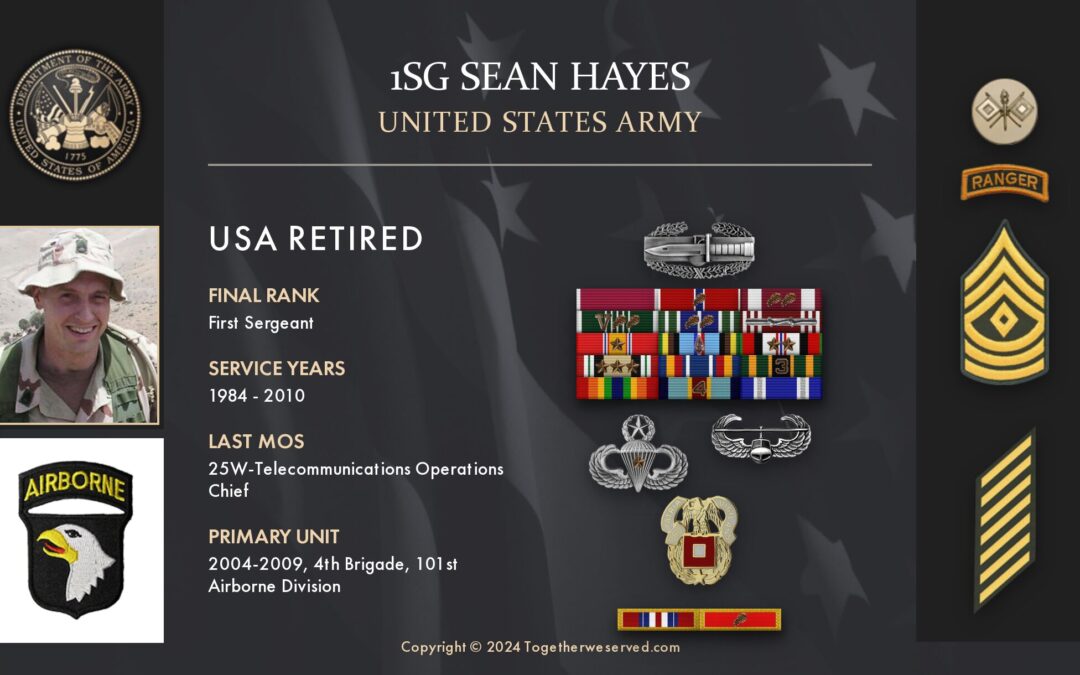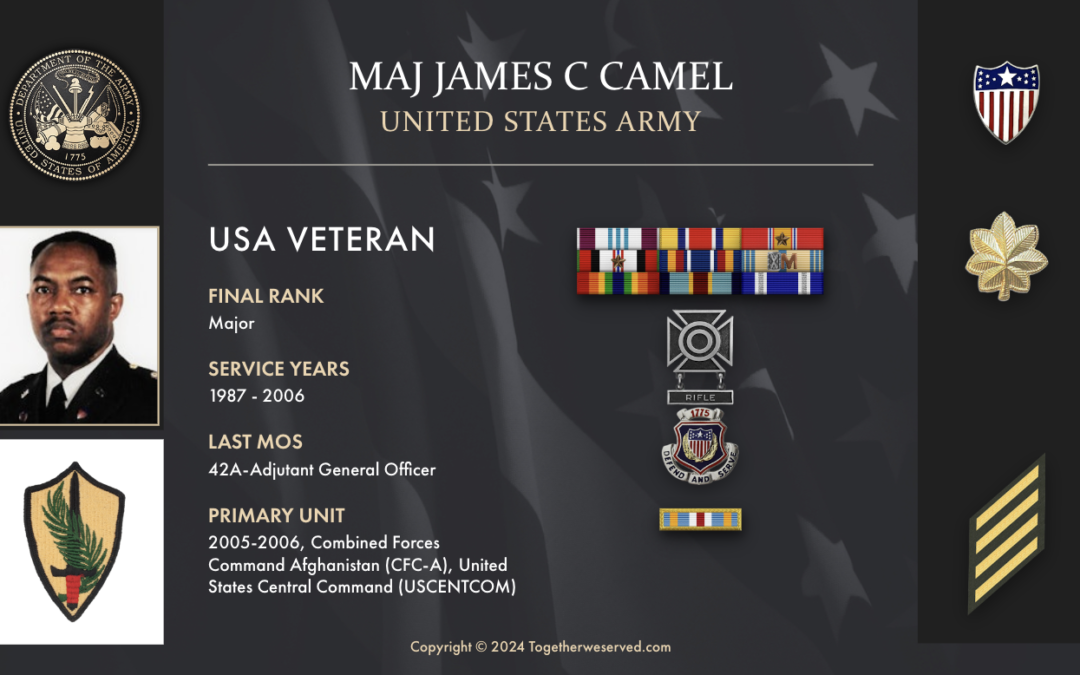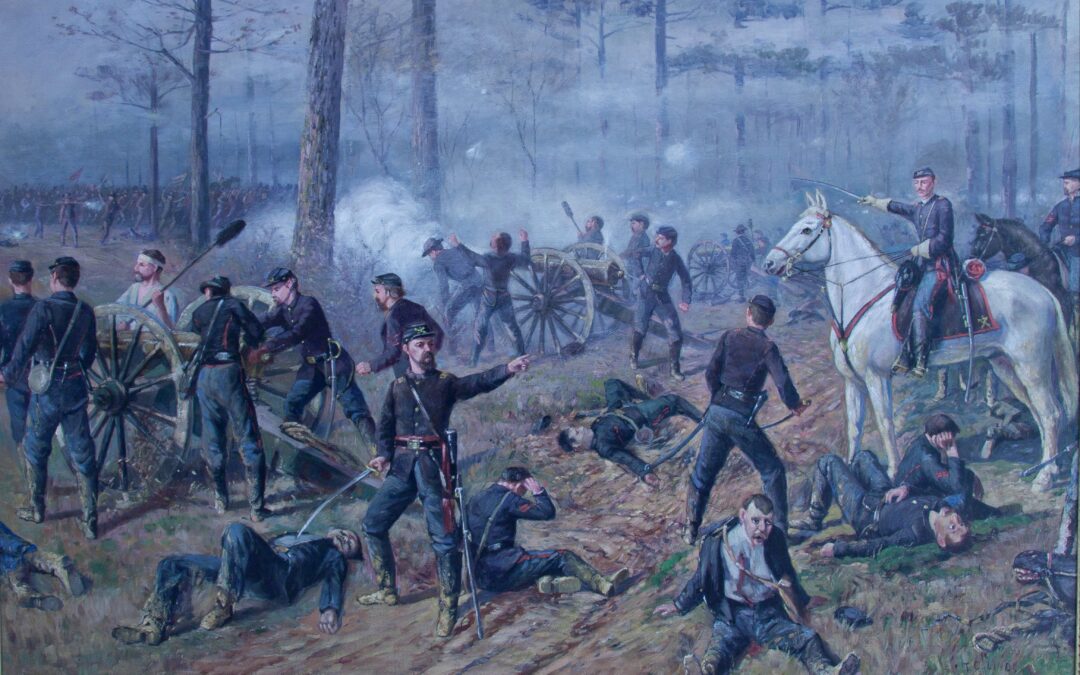What was the biggest personal challenge that you encountered during your military service? How did you approach and overcome this?:
I know this will sound crazy, but when I got drafted in 1969, I was 20 years old and a VEGETARIAN! I didn’t smoke, drink or eat meat. Meat was something that had never been prepared at my home, and I was pretty sure that “à la carte” wasn’t on the menu! I was sent to Ft. Sam Houston for Basic Training & AIT, and I survived by picking my way through the mess hall offerings. I hope that my next duty station will work out the same way.

